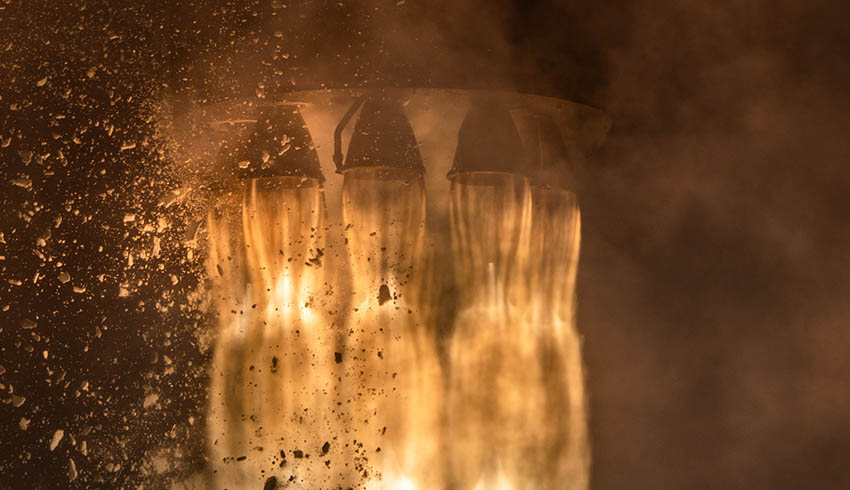
That was Australis Oscar 5 (AO5), a wholly amateur satellite assembled with skill, dedication and soldering irons by a group of students from the Melbourne University Astronautical Society.
By modern standards, Oscar 5 didn’t do much or last long.
What it did was transmit basic onboard system information – telemetry – in the HF (10 metres – 29.450 MHz at 250 mW) and VHF (two metres – 144.050 MHz at 50 mW) radio bands, which were heard and reported by amateur radio operators all around the world.
The university compiled reports from hundreds of stations in 27 countries.
Batteries were good for around a month – in fact 23 days for the VHF transmissions and 46 days for HF transmissions – and then Oscar 5 beacons faded away to silence.
AO5 was launched on 23 January 1970. This remarkable achievement will be commemorated at an event at the University of Melbourne on 27 February. The story is told in a short movie and in a new book.
Although silent for most of the last half century, AO5 might still be out there quietly orbiting.
Although inserted into low-Earth orbit (LEO), it’s actually at the high end of LEO, where objects won’t automatically de-orbit through atmospheric drag. NASA’s report of the mission cites an apogee (orbit peak) of 910 miles (1,464 kilometres) and perigee (lowest orbit) of 880 miles (1,416 kilometres).
AO5, a rectangular metal enclosure somewhat larger than a shoebox and weighing 17.7 kilograms, wasn’t the world’s first amateur satellite.
That was Oscar 1, launched in December 1961 as ballast on a US Thor rocket orbiting a US spy satellite, just four years after the launch of Russia’s Sputnik, which started it all.
The success of Oscar 1, which transmitted a signal for 22 days, led to subsequent Oscars and the formation of the AMSAT (amateur satellite) organisation in 1969 to continue the work of the Oscar project.
Its first mission was to launch AO5.
The students behind AO5 came from the Melbourne University Astronautical Society. Not all were engineers – one was a law student – but all had a passion for space, initially inspired by the launch of Sputnik.
“After building a satellite tracking antenna and receiving pictures from American weather satellites, the students asked, 'done that – what's next?'” its website says.
“The next logical step was to build a satellite. The group asked a California based amateur radio group, Project OSCAR, which had built four satellites, whether, if the students built an amateur radio satellite, could they get it launched? OSCAR said, 'we will try’.”
And so the satellite was built, using many components donated by industry. The Australian Weapons Research Establishment satellite WRESAT is classed as Australia’s first satellite.
Technically, AO5 was built first though WRESAT was the first to be launched.
The AO5 team was very fortunate to have AMSAT in its corner to press NASA for a launch opportunity – at that time NASA was conducting the Apollo moon landing missions.
AO5 notched up many firsts. It was the first non-US amateur satellite, the first amateur satellite launched by NASA and the first satellite, along with Tiros M, to be launched by the then new Delta N rocket.
Last year, Melbourne University students reprised the success of AO5 with the ACRUX-1, a CubeSat launched from New Zealand aboard a Rocket Lab Electron rocket.
Receive the latest developments and updates on Australia’s space industry direct to your inbox. Subscribe today to Space Connect here.









